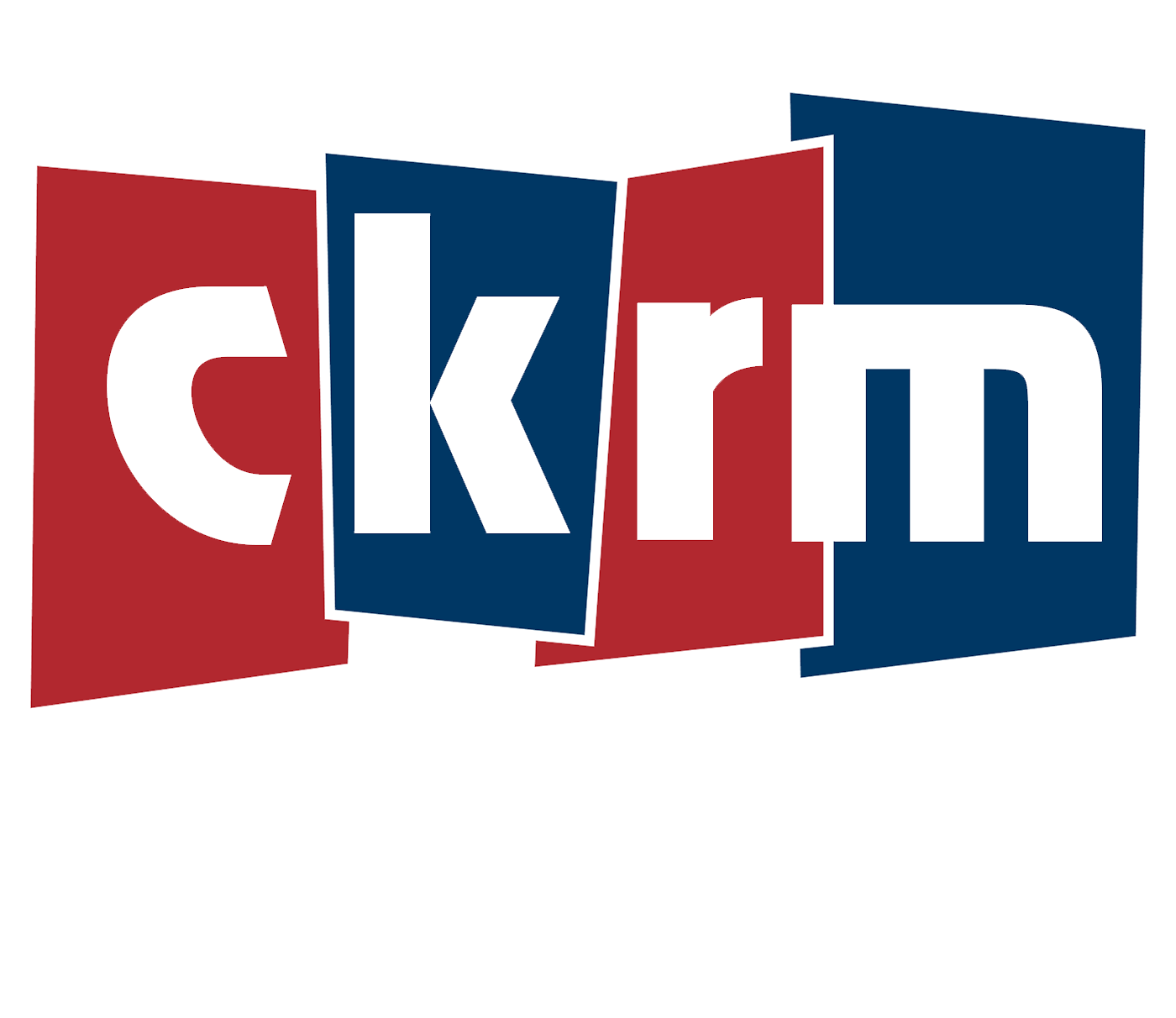Canada’s unemployment rate increased to 6.6 per cent in August as students continued to face a difficult summer hiring season.
Statistics Canada’s labour force survey on Friday showed the economy added a modest 22,000 jobs last month, lagging the pace of population growth.
The jobless rate increased from 6.4 per cent in July.
Employment last month rose in educational services, health care and social assistance and finance, insurance, real estate, rental and leasing.
Meanwhile, it fell in the other services category as well as professional, scientific and technical services, utilities and natural resources.
Students returning to school in the fall faced a particularly challenging summer job market this year, with their unemployment rate rising to the highest level since summer 2012 – excluding the pandemic summer of 2020.
According to LSEG Data & Analytics. Canada’s jobless rate has been rising for the last year and a half as high interest rates slow economic activity. The Bank of Canada cut its key interest rate for the third time in a row on Wednesday and signalled more rate cuts are on the way, so long as inflation continues to cool.
A quick look at Canada’s August employment figures (numbers from the previous month in brackets):
Unemployment rate: 6.6 per cent (6.4)
Employment rate: 60.8 per cent (60.9)
Participation rate: 65.1 per cent (65.0)
Number unemployed: 1,458,900 (1,398,500)
Number working: 20,535,700 (20,513,600)
Youth (15-24 years) unemployment rate: 14.5 per cent (14.2)
Men (25 plus) unemployment rate: 5.6 per cent (5.2)
Women (25 plus) unemployment rate: 5.0 per cent (4.9)
The national unemployment rate was 6.6 per cent in August. Statistics Canada also released seasonally adjusted, three-month moving average unemployment rates for major cities. It cautions, however, that the figures may fluctuate widely because they are based on small statistical samples. Here are the jobless rates last month by city (numbers from the previous month in brackets).
Saint John, N.B. 6.9 per cent (8.0)
Quebec City 4.0 per cent (3.8)
Montreal 6.8 per cent (6.5)
Ottawa 6.5 per cent (6.3)
Toronto 8.0 per cent (7.7)
Hamilton, Ont. 6.7 per cent (7.2)
Winnipeg 5.5 per cent (5.4)
Regina 6.4 per cent (6.6)
Saskatoon 5.3 per cent (5.2)
Calgary 7.5 per cent (7.6)
Edmonton 8.6 per cent (8.0)
Vancouver 5.9 per cent (5.8)
Victoria 3.3 per cent (3.6)
This report by The Canadian Press was first published Sept. 6, 2024








